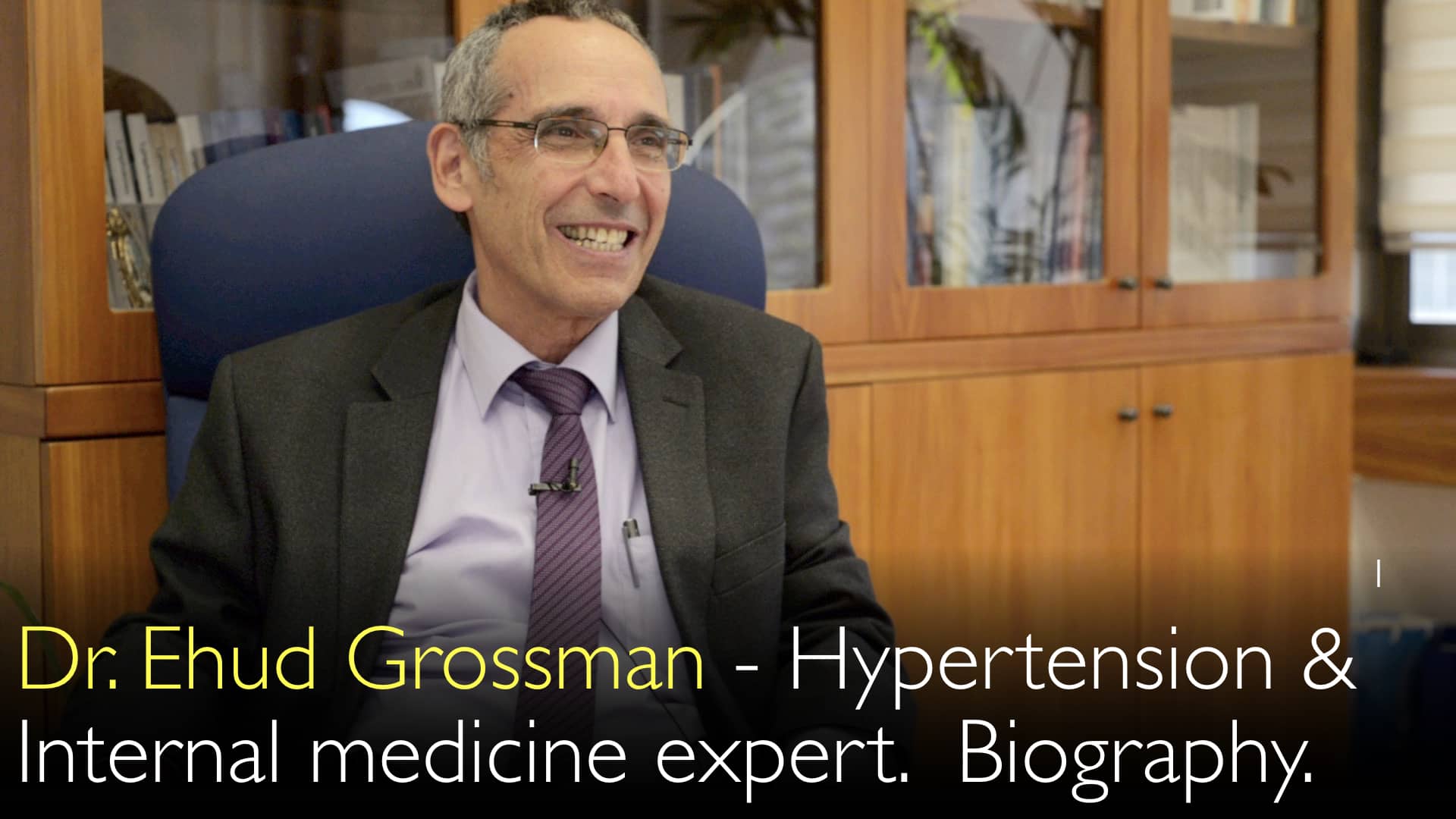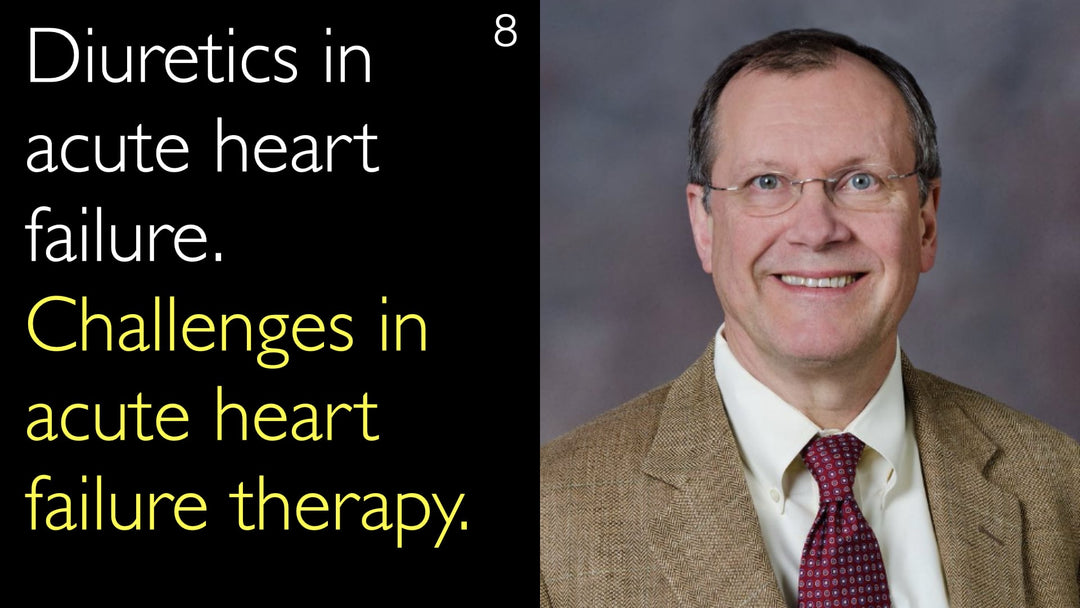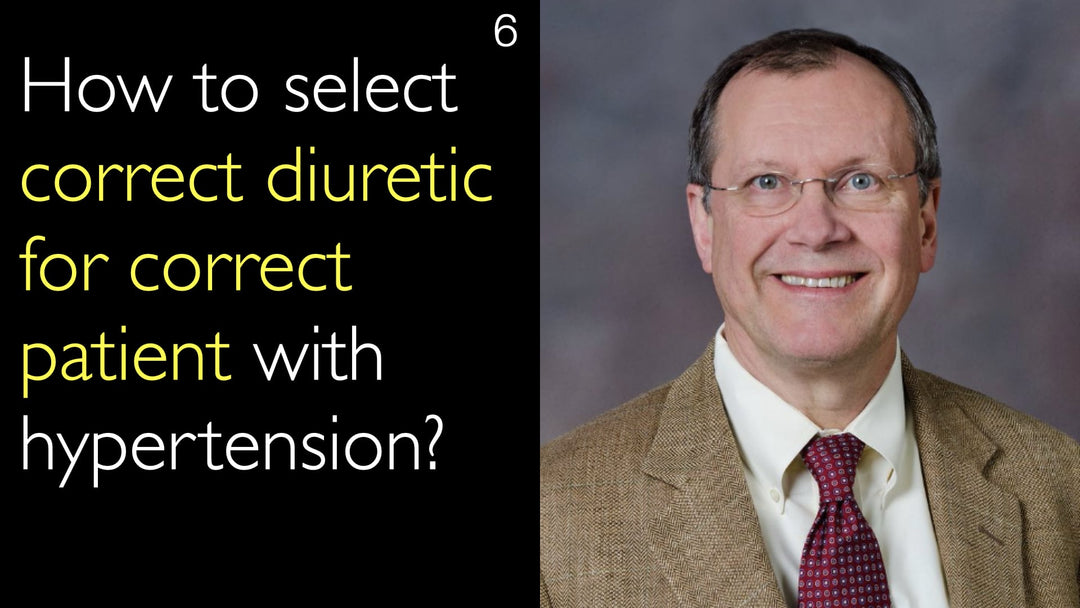고혈압 치료 분야의 선도적 전문가인 Ehud Grossman 박사는 고령 환자의 고혈압 치료 시 주의해야 할 중요한 세부 사항을 설명합니다. 그는 기립성 저혈압과 뇌 관류 저하의 중대한 위험을 상세히 논의하며, 낮은 초기 약물 용량으로 신중하고 점진적인 치료 접근법의 중요성을 강조합니다. 또한 치료 조정 기간 동안 앉은 자세와 서 있는 자세 모두에서 혈압을 꼼꼼히 확인할 것을 권장합니다. 이러한 전략은 장기적인 심혈관 보호와 낙상 및 손상의 즉각적 위험 사이의 균형을 효과적으로 맞추는 데 도움이 됩니다.
고령 환자의 고혈압 치료: 어지럼증과 낙상 예방
항목 바로가기
고령 고혈압 치료의 세부적 접근
고령 고혈압 환자의 치료는 특별한 접근이 필요합니다. Ehud Grossman 박사는 이 환자군을 70세 또는 80세 이상으로 정의하며, 단순한 나이보다 환자의 전반적인 건강 상태와 기능적 능력이 더 중요하다고 설명합니다. 주요 관심사는 이들이 혈압 강하에 매우 민감하게 반응한다는 점입니다.
Ehud Grossman 박사는 고령자의 뇌 혈류가 전신 혈압에 크게 의존한다고 지적합니다. 따라서 지나치게 공격적인 혈압 강하는 뇌 관류를 감소시켜 신경학적 손상을 초래할 수 있습니다. Anton Titov 박사와의 인터뷰에서는 각 환자의 건강을 종합적으로 평가할 필요성이 강조됩니다.
기립성 저혈압 위험
기립성 저혈압(Orthostatic Hypotension, OH)은 고령 고혈압 환자 치료에서 주요 위험 요소입니다. Ehud Grossman 박사는 이를 일어설 때 혈압이 현저히 떨어지는 현상으로 설명합니다. 환자가 앉아 있을 때는 140/80 mmHg로 조절된 혈압을 유지할 수 있지만, 일어서면 수축기 혈압이 80 또는 90 mmHg로 급락할 수 있습니다.
이런 급격한 강하는 실신을 유발해 골절 등 심각한 부상으로 이어질 수 있습니다. Ehud Grossman 박사는 낙상의 즉각적 위험이 뇌졸중 예방의 장기적 이점보다 종종 더 크다고 지적합니다. 이러한 위험-이익 분석은 허약한 환자의 고혈압 관리에서 핵심입니다.
고령 환자의 혈압 목표치
고령 환자의 혈압 목표치는 젊은 환자보다 높게 설정되는 경우가 많습니다. Grossman 박사는 합병증을 예방하기 위한 이 관대한 접근법을 지지합니다. 목표는 급성 손상을 유발하지 않으면서 뇌졸중이나 심부전 같은 장기적 문제로부터 보호하는 것입니다.
핵심 지표는 앉은 자세에서 선 자세로 이동할 때의 혈압 변화입니다. 수축기 혈압이 5-10 mmHg 떨어지는 것은 허용 가능하나, 수축기 혈압이 20 mmHg 이상 또는 이완기 혈압이 10 mmHg 이상 감소하면 기립성 저혈압(OH)으로 판단하며, 이 경우 약물 조절을 통한 즉각적인 개입이 필요합니다.
안전한 약물 조절 전략
고령 고혈압 환자에게는 점진적이고 신중한 약물 조절이 필수적입니다. Ehud Grossman 박사는 젊은 성인보다 낮은 용량으로 시작할 것을 권장합니다. 혈압이 갑자기 위험 수준으로 떨어지는 것을 방지하기 위해 용량 조정은 시간을 두고 천천히 이루어져야 합니다.
Ehud Grossman 박사에 따르면 최적의 혈압 목표치에 도달하는 데 몇 주에서 몇 달이 걸릴 수 있습니다. 이는 젊고 건강한 환자에게 적용되는 공격적 접근법과 대비됩니다. Anton Titov 박사와의 대화는 노인 고혈압 치료에서 인내가 중요함을 강조합니다.
좌위 및 입위 혈압 측정 방법
두 자세에서 정기적으로 혈압을 측정하는 것은 중요한 안전 수칙입니다. Grossman 박사는 임상의가 환자가 앉아 있을 때와 서 있을 때 모두 혈압을 확인해야 한다고 강조합니다. 특히 새로운 항고혈압제를 시작하거나 용량을 변경할 때 이 방법이 필수적입니다.
처음 측정 시 유의미한 차이가 없으면 반복적인 입위 측정이 필요하지 않을 수 있습니다. 그러나 치료 요법에 변경이 있을 때는 두 자세에서 혈압을 재확인해야 합니다. 이 방법은 약물로 인한 기립성 저혈압(OH) 부작용을 직접 모니터링합니다. Anton Titov 박사와 Ehud Grossman 박사는 이 간단한 절차가 환자 안전에 필수적이라고 동의합니다.
전체 대화록
Ehud Grossman 박사: "매우 고령"은 70세 또는 80세 이상을 의미합니다. 고령 연령대의 고혈압 치료에서 중요한 것은 나이가 아니라 환자의 상태입니다. 환자의 활동 수준과 기능적 능력을 평가해야 합니다.
고령자의 경우 뇌 혈류가 혈압에 의존하므로 혈압 강하에 매우 민감합니다. 혈압을 지나치게 낮추면 뇌 관류가 감소해 손상을 초래할 수 있습니다.
또한 고령 환자는 기립성 저혈압(Orthostatic Hypotension, OH), 즉 일어설 때 혈압이 떨어지는 현상에 더 취약합니다. 앉아 있을 때 혈압이 140/80으로 조절되어도, 일어서면 수축기 혈압이 80–90으로 떨어져 실신할 수 있습니다. 따라서 고령자 치료 시 더욱 주의해야 합니다.
혈압 목표치는 젊은 환자보다 다소 높게 설정할 수 있습니다. 환자의 전반적인 상태—나이뿐 아니라 기능과 동반 질환—를 고려해야 합니다. 낮은 용량으로 시작해 혈압이 급격히 떨어지는 것을 방지하며 점진적으로 조정해야 합니다.
혈압 강하는 장기적으로 뇌졸중과 울혈성 심부전을 예방하지만, 환자가 실신해 다리가 부러지는 등 즉각적인 위험을 겪는다면 급성 위험이 장기적 예방의 이점보다 큽니다. 따라서 균형을 잡고 급성 부작용의 위험 등을 고려해야 합니다.
고령자의 경우 혈압 치료 목표에 도달하기까지 천천히 진행하며, 몇 주 또는 몇 달이 소요될 수 있습니다. 이는 젊은 환자에게 적용되는 공격적 용량 조정과 다릅니다.
Anton Titov 박사: 그렇다면 고령자의 기능 상태에 따라 서서 혈압을 측정하는 것이 의미가 있나요?
Ehud Grossman 박사: 그렇습니다. 앉아 있을 때와 서 있을 때 혈압을 모두 측정해야 합니다. 처음 측정 시 자세별 차이가 없으면 재측정이 필요 없지만, 항고혈압제 시작이나 용량 변경 시에는 반드시 재측정해야 합니다. 일부 약물은 기립성 저혈압(OH)을 유발할 수 있기 때문입니다.
용량이나 약물을 변경할 때마다 앉은 자세와 선 자세에서 혈압을 확인해야 합니다.
Anton Titov 박사: 서 있을 때 혈압 강하의 적정 목표는 무엇인가요?
Ehud Grossman 박사: 서 있을 때 혈압 목표는 앉아 있을 때와 동일하며, 앉은 자세보다 10 mmHg 이상 낮아지지 않아야 합니다. 앉은 자세에서 선 자세로 이동 시 수축기 혈압이 20 mmHg 감소하면 기립성 반응으로 문제가 될 수 있습니다.
5–10 mmHg 차이는 허용 가능하나, 수축기 혈압에서 20 mmHg 또는 이완기 혈압에서 10 mmHg 차이가 나면 기립성 저혈압(OH)으로 판단해 예방해야 합니다.
Anton Titov 박사: 약물 용량 조정이나 변경을 통해 예방하나요?
Ehud Grossman 박사: 맞습니다!








